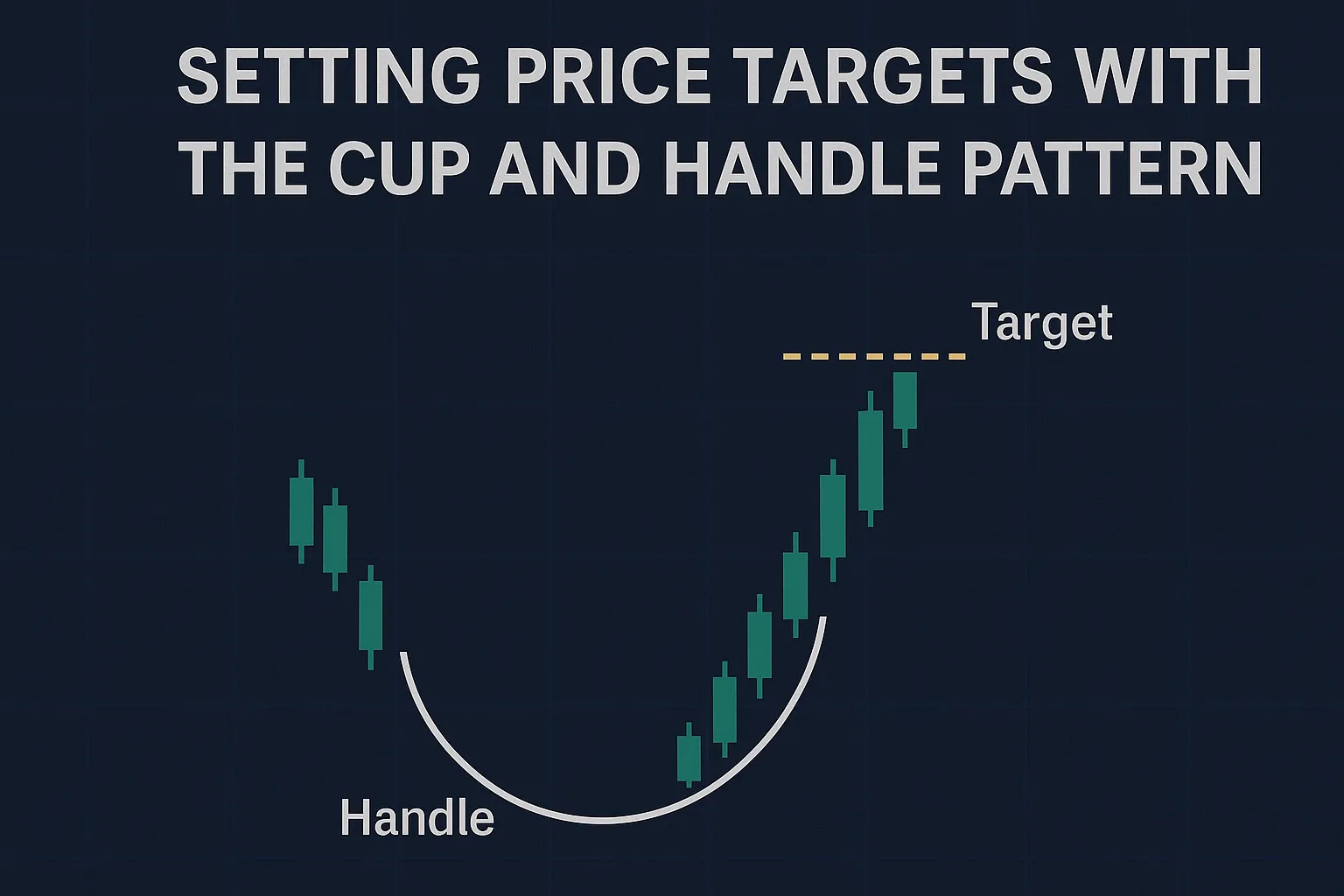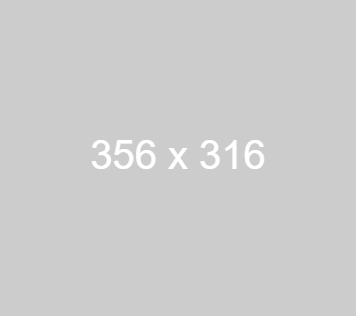
Introduction
Setting a cup and handle pattern target is crucial for maximizing profits in trading. This bullish chart pattern signals strong price increases, but knowing where to aim your trades ensures you capture the full potential. Whether you’re trading stocks, forex, or cryptocurrencies, understanding how to calculate price targets can boost your success. This guide explains step-by-step methods to set accurate price targets with the cup and handle pattern, helping traders plan exits and manage risks effectively.
What is the Cup and Handle Pattern?
The cup and handle pattern is a bullish continuation chart pattern that forms after a price uptrend. It consists of:
- Cup: A U-shaped consolidation, resembling a bowl, lasting 1–6 months.
- Handle: A short, downward-sloping pullback, lasting 1–4 weeks.
The pattern is confirmed when the price breaks above the handle’s resistance with high volume, signaling a likely price rise. Setting a target helps traders determine where the price may go after the breakout.
Why Set a Cup and Handle Pattern Target?
Price targets provide a clear goal for your trade, allowing you to:
- Plan Exits: Know when to take profits or adjust stops.
- Manage Risk: Balance potential gains with acceptable losses.
- Stay Disciplined: Avoid emotional decisions by following a calculated plan.
Accurate targets align with the pattern’s historical performance, increasing your chances of a successful trade.
How to Set a Cup and Handle Pattern Target
Follow these steps to calculate a price target for the cup and handle pattern:
Step 1: Measure the Cup’s Depth
- Identify the cup’s highest point (peak) and lowest point (trough).
- Calculate the depth by subtracting the trough from the peak.
- Example: If a stock’s cup peaks at $100 and dips to $80, the depth is $100 – $80 = $20.
Step 2: Project the Target from the Breakout Point
- The breakout point is the handle’s resistance level, typically the cup’s peak.
- Add the cup’s depth to the breakout point to estimate the target.
- Example: With a $20 cup depth and a breakout at $100, the target is $100 + $20 = $120.
Step 3: Adjust for Market Context
- Bullish Market: In strong uptrends, the price may exceed the target, so consider trailing stops to capture extra gains.
- Volatile Markets: In forex or crypto, volatility may require a more conservative target (e.g., 70–80% of the projected move).
- Check support/resistance levels near the target to anticipate barriers.
Step 4: Confirm with Volume and Indicators
- Ensure the breakout occurs with a volume spike, confirming the pattern’s strength.
- Use indicators like RSI or moving averages to gauge momentum. Overbought signals (e.g., RSI > 70) near the target may suggest taking profits early.
Step 5: Monitor and Exit
- Exit at the target or use a trailing stop to lock in profits if the price overshoots.
- If the price stalls before the target, consider partial exits to secure gains.
For example, if a crypto asset forms a cup from $500 to $400 and back to $500, with a handle at $480, a breakout at $500 with a $100 cup depth projects a target of $600.
Common Mistakes When Setting Targets
- Ignoring Volume: A low-volume breakout may not reach the target.
- Overly Ambitious Targets: Projecting beyond the cup’s depth without market support can lead to disappointment.
- Neglecting Resistance: Failing to account for resistance levels near the target may cause early reversals.
Tools and Resources
Improve your target-setting with these resources:
- TradingView: Plot price targets and analyze volume. Visit TradingView.
- Investopedia: Learn about price projection techniques. Read on Investopedia.
- BabyPips: Explore chart pattern strategies for forex trading. Explore BabyPips.
Tips for Traders
- Use Historical Data: Study past cup and handle patterns to validate target accuracy.
- Combine Indicators: Pair targets with Fibonacci extensions or MACD for confirmation.
- Test on Demo Accounts: Practice setting targets without risking capital.
- Stay Flexible: Adjust targets based on market conditions or new resistance levels.
FAQ
Q: How do I calculate a cup and handle pattern target?
A: Measure the cup’s depth (peak to trough) and add it to the breakout point to project the target.Q: Can the price exceed the cup and handle target?
A: Yes, in strong bullish markets, use trailing stops to capture extra gains beyond the target.Q: Why is volume important for setting a target?
A: A high-volume breakout confirms the pattern’s strength, increasing the likelihood of reaching the target.Q: Do cup and handle targets work in crypto trading?
A: Yes, but crypto volatility may require conservative targets and close monitoring.Q: What if the price doesn’t reach the target?
A: Exit early if resistance or weak momentum appears, or take partial profits to secure gains.
Conclusion
Setting a cup and handle pattern target is a key skill for profitable trading. By measuring the cup’s depth, projecting from the breakout, and confirming with volume and indicators, you can plan effective trades in stocks, forex, and crypto. Avoid common mistakes and use tools like SAPRO to refine your strategy. For more trading tips, visit https://cupandhandlepattern.com/.





Leave a Reply